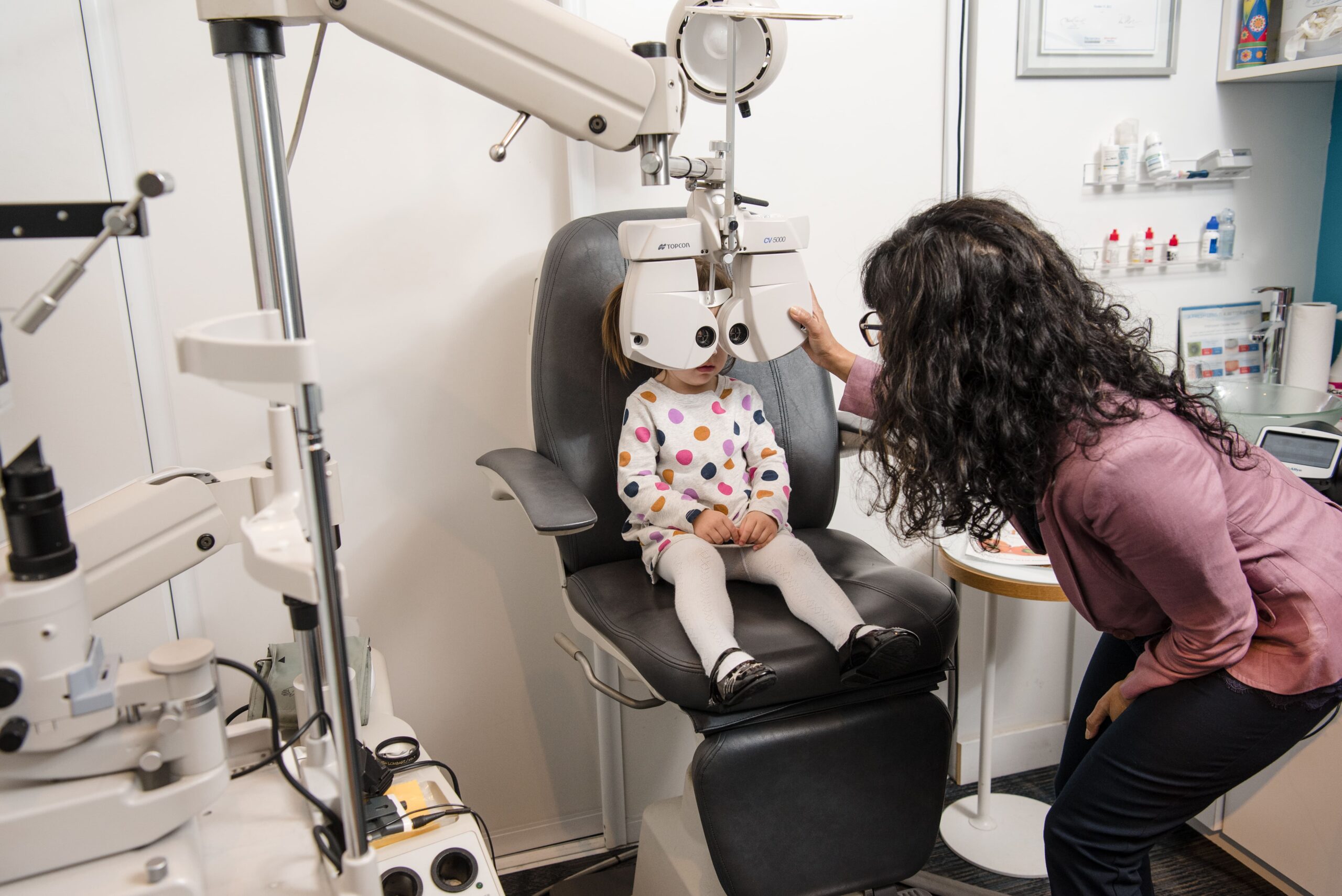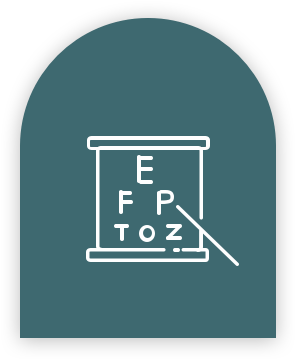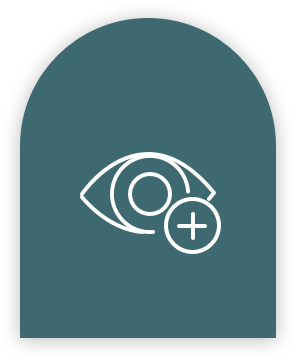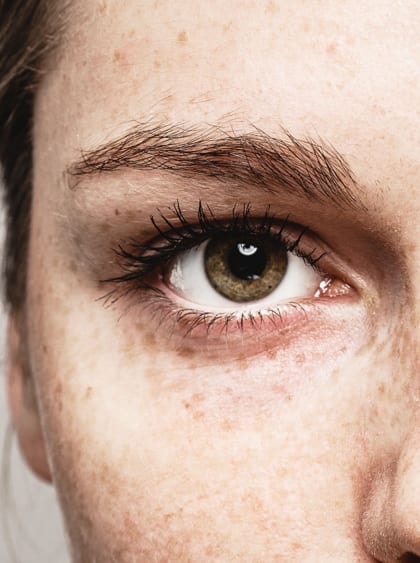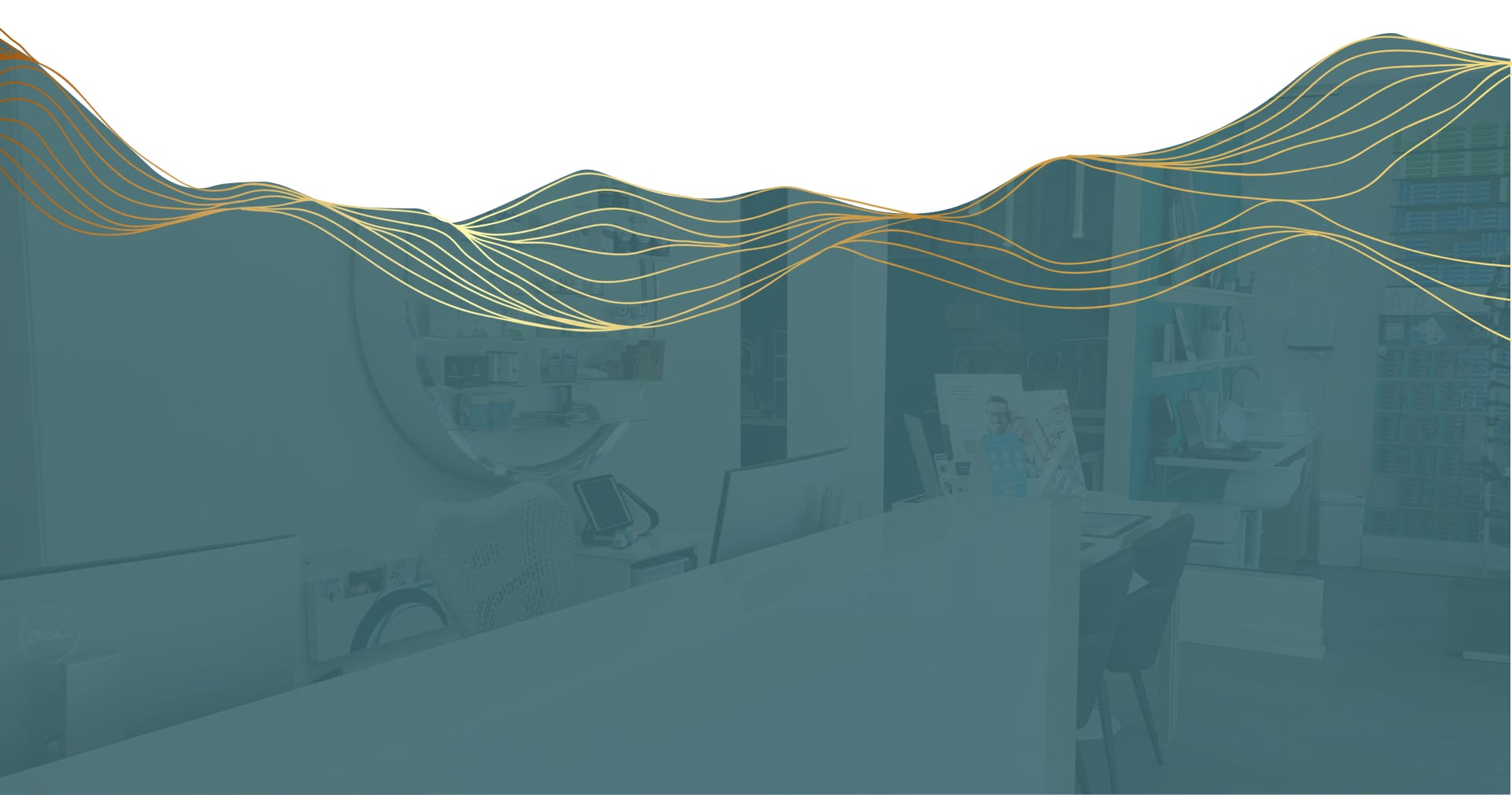In an ideal world, we’d all have perfect vision. But the reality is that for some of us, faraway objects appear blurry, or sometimes it doesn’t matter how far away something is, we still can’t see it. This can happen when there’s a refractive error at work.
Myopia and astigmatism are two common refractive errors that can affect your vision in various ways. Myopia affects your distance vision more than your near vision, while astigmatism can affect your vision at all distances.
These refractive errors can significantly impact daily life, making tasks like reading, driving, and even recognizing faces challenging. They can also worsen with time, highlighting the importance of regular visits to your eye doctor.
Understanding Myopia & Astigmatism
Myopia and astigmatism are refractive errors, but they can affect the eyes differently. An important thing to note is that both conditions can coexist, meaning a person can have both myopia and astigmatism simultaneously. So, it’s crucial to have an eye doctor examine your eyes for an accurate diagnosis.
Myopia
Myopia, commonly known as nearsightedness, is a common refractive error in which you can see close objects clearly, but distant objects appear blurry. This happens when the eye’s shape causes light rays to bend incorrectly, focusing images in front of the retina instead of on the retina. Myopia can develop gradually or rapidly and often worsens during childhood and adolescence.
Common symptoms of myopia include:
- Blurry distance vision: Difficulty seeing objects that are far away, such as road signs or a classroom chalkboard.
- Eye strain: Experiencing discomfort or strain in the eyes, especially after extended periods of focusing on distant objects.
- Headaches: Frequent headaches due to eye strain from trying to see distant objects.
- Squinting: Needing to squint to see distant objects more clearly.
- Difficulty seeing at night: Problems with night vision, particularly while driving.
- Frequent eye rubbing: Rubbing the eyes to clear vision.
Astigmatism
Astigmatism is a common refractive error that can cause blurred or distorted vision at all distances. It occurs when the cornea (the eye’s clear front surface) or the lens inside the eye has an irregular shape. Instead of being round like a basketball, the cornea or lens is shaped more like a football, causing light to focus on multiple points in the eye rather than directly on the retina.
Common symptoms of astigmatism include:
- Blurred or distorted vision: Both near and far objects may appear blurry or wavy.
- Eye strain: Discomfort or strain in your eyes, particularly after prolonged reading or screen use.
- Headaches: Frequent headaches due to straining to see clearly.
- Squinting: Needing to squint to focus on objects at various distances.
- Trouble seeing at night: Challenges seeing clearly in low light or at night. Glare or light sensitivity.
- Frequent prescription changes: Often needing updates to eyeglasses or contact lens prescriptions.
Management & Treatment Options
There isn’t a single “best” option for managing or correcting these refractive errors. It ultimately depends on each person’s unique situation, highlighting the importance of an optometrist’s intervention.
Corrective Lenses
Corrective lenses are a common and straightforward way to manage myopia and astigmatism. Glasses and contact lenses can be tailored to your prescription, providing clear vision and reducing eye strain.
Glasses
Glasses are convenient and easy to use. They come in various styles, allowing you to choose frames that suit your personality. Plus, they can protect against dust and debris.
Contact Lenses
Contact lenses offer the advantage of a wider field of vision and are ideal for active lifestyles. They come in various types, including daily disposables and extended wear, catering to different preferences and needs.
Refractive Surgery
Refractive surgery is a more permanent solution for those seeking freedom from glasses or contact lenses. Various surgical options can correct myopia and astigmatism.
LASIK
LASIK (Laser-Assisted In Situ Keratomileusis) is a popular choice for reshaping the cornea to correct refractive errors. It’s quick, safe, and has a high success rate, offering clear vision without needing corrective lenses.
PRK
PRK (Photorefractive Keratectomy) is another effective option, especially for those with thinner corneas. It involves removing the cornea’s outer layer and reshaping it with a laser, providing long-lasting results.
Orthokeratology
Orthokeratology (Ortho-k) involves wearing specially designed contact lenses overnight to temporarily reshape the cornea. It offers clear vision during the day without needing glasses or contacts, making it an excellent option for athletes and active individuals.
Ortho-k is also an effective way of controlling myopia to prevent or slow its worsening in children.
The Importance of Early Detection & Treatment
Early detection and treatment of myopia and astigmatism are crucial for maintaining optimal vision and preventing complications.
Preventing Progression
Regular eye check-ups can catch these conditions early, allowing for timely intervention. Early treatment can slow down the progression of myopia and astigmatism, preserving vision quality.
Improving Quality of Life
Correcting refractive errors can significantly improve your quality of life. Clear vision enhances your ability to perform daily tasks and participate in normal activities.
Reducing the Risk of Complications
Myopia holds a particularly high risk if left untreated. It can progress into high myopia, which leads to an increased risk of complications like retinal detachment, glaucoma, and cataracts. Early detection and treatment reduce these risks, ensuring long-term eye health.
Tips for Maintaining Good Eye Health
Maintaining sound eye health requires consistent care and healthy habits.
Regular Eye Exams
Schedule regular eye exams to monitor your vision and detect any changes early. Even if you don’t experience symptoms, routine exams are essential for preventive care. The Canadian Association of Optometrists recommends that most people get a comprehensive eye examination every 1 to 2 years, depending on age and other health factors.
Protecting Your Eyes & Practice Good Hygiene
Wear sunglasses with UV protection to protect your eyes from harmful UV rays. And wear protective eyewear during activities that pose a risk of eye injury, such as sports or working with hazardous materials.
Practice good hygiene, especially when using contact lenses. This can prevent infections and ensure comfortable vision. Always wash your hands before handling lenses and follow proper cleaning procedures.
Book Your Next Eye Exam Today
Understanding myopia and astigmatism is the first step towards effective management and improved vision. You can take proactive steps to maintain your eye health by equipping yourself with knowledge of these refractive errors.
Call our team at MEye Health today to book your next eye exam. We’re happy to schedule an appointment with one of our experienced eye doctors for a comprehensive eye examination.


